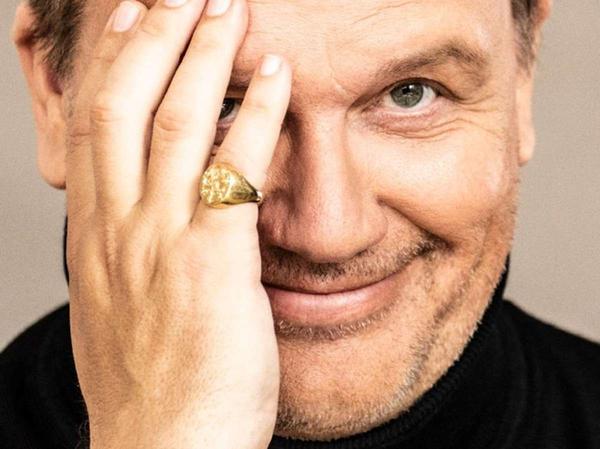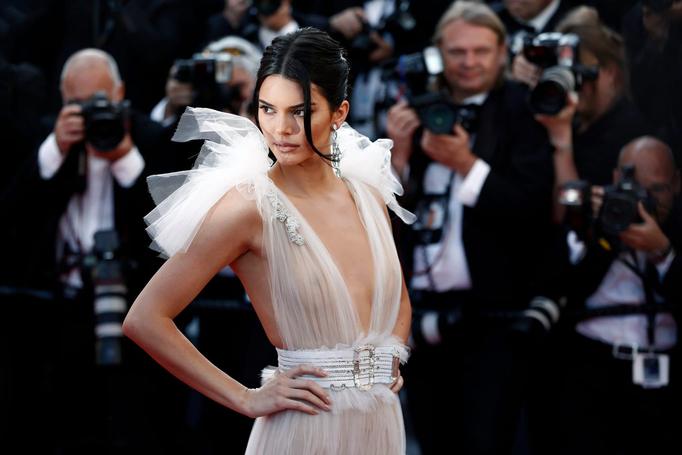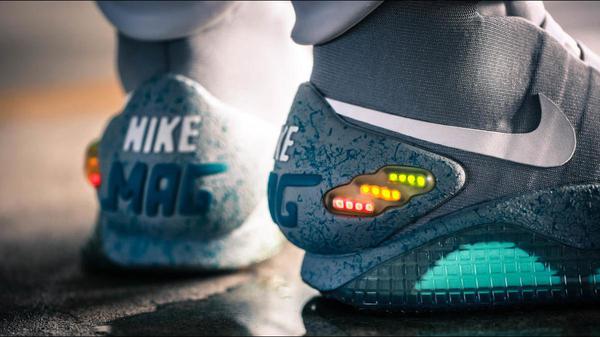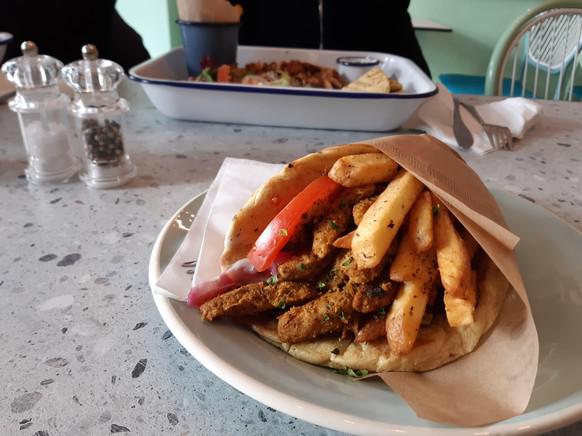
If you ask young people today what they want to be when they grow up, the answer "influencer" is not so unlikely. In the past, the answer might have been “singer” or “actor”, but today young people imagine sharing their everyday lives via photos, short videos or live broadcasts and earning millions for doing so. What may still sound crazy to some is already a reality for others. Today there are countless so-called 'content creators' among the users of social media who are already earning huge sums of money with their postings. The tactic behind it: Platforms like Instagram, TikTok and YouTube try to bind the influencers to themselves with ever higher premiums, as the Frankfurter Allgemeine Zeitung reported.
The idea is understandable. In order to attract millions of users to a new platform, networks offer well-known influencers money, beautiful villas, expensive cars or even a helicopter so that they can produce exclusive content only for their platform. That was also the goal of the Triller platform, which last year offered hundreds of millions of dollars and company shares to some influencers to play at the top of social media. Amid last summer's debate over whether to ban TikTok in the US, Triller looked to take his chance. But the plan didn't quite work out. Donald Trump, who wanted to ban TikTok, was voted out and TikTok stayed.
The trend of investing millions in influencers didn't start with Triller. A survey of the platforms by the Frankfurter Allgemeine Zeitung has shown that, on the one hand, they have set up huge funds that alone make some influencers millionaires. At the same time, they are constantly developing innovative advertising formats with which not only the influencers, but also the platforms earn horrendous sums. The platforms try to outdo each other again and again. They offer online courses, provide contact persons and work on the possibilities for influencers to use their accounts. A lot is being done to win over the highly coveted content creators.
A tough competition for the top
In order for the platforms to succeed, YouTube, TikTok, Snapchat or Instagram are offering influencers more and more money. They set up funds that pay the content creators. Last year, TikTok pledged its creators a $200 million fund while its dispute with the US government was at its height. Now, about a year later, the platform went one step further. The so-called creativity program is being expanded: more than a billion dollars are to be paid out in the USA over the next three years. In Europe, the fund is to be raised from 60 to 255 million euros. TikTok announced the news barely three weeks after Facebook announced plans to put $1 billion into influencer programs by the end of next year.
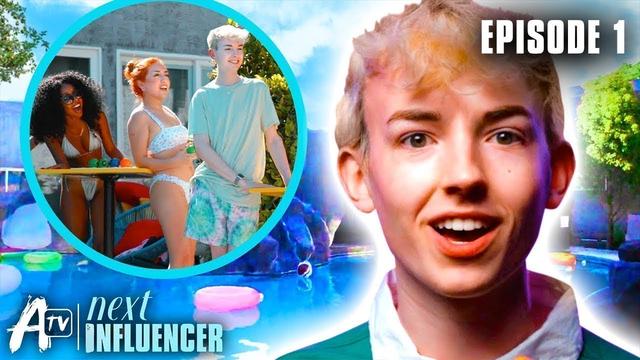
The Facebook group and TikTok in particular are currently in tough competition for the top spot. Facebook-owned platform Instagram offered some content creators hundreds of thousands of dollars if they would post their short videos on Reels just before TikTok clone Reels went live in August 2020, the Wall Street Journal reported. The social network Snapchat also followed suit a few months later with the similar “Spotlight” function. And Youtube announced the "Youtube Shorts Fund" in May this year. The video platform promises the best producers for the "short" version of the videos between 100 and 10.00 dollars per month. They all have one thing in common: short videos that are entertaining, technically optimized for the smartphone format. The required attention span is short. One video follows the next without clicking — that's modern-day entertainment.
At the start of Spotlight, the company behind Snapchat, Snap, offered its creators up to a million dollars a day for exclusive videos. After a few months, that became a million a week. Today the website is talking about "millions per month". It is not known how much of this was actually paid out. At the request of the F.A.Z. the company did not respond.
The short video business is booming
There are several reasons why the platforms are paying so much money to the influencers. For one thing, the competition is fierce. The major platforms now all have similar features, as evidenced by the short video format: first Tiktok, then Reels, followed by Spotlight and soon Youtube shorts. We are currently in the phase of which platform will become the biggest and prevail. In order for this to happen, many of the platforms require exclusivity of the content. The influencers should only share their videos on the platform for which they receive the money.
On the other hand, the short video format poses challenges for the advertising industry. If the consecutive videos were constantly interrupted by long advertising clips, the usage time would decrease. The advertising industry has yet to produce advertising content adapted to these formats that does not interrupt the flow of the videos too much. And the platforms also have to develop advertising formats that match the videos.
Last but not least: the platforms simply have a lot of money at their disposal that they can invest in growth. Social networks and their formats are growing rapidly. Facebook made more than $10 billion in profit from April through June alone. According to YouTube, it has paid out a little more than 30 billion dollars to the content creators working on the platform in the past three years. Business is booming. So it is not surprising that millions of dollars are invested in the promising formats and their creators.
jk


